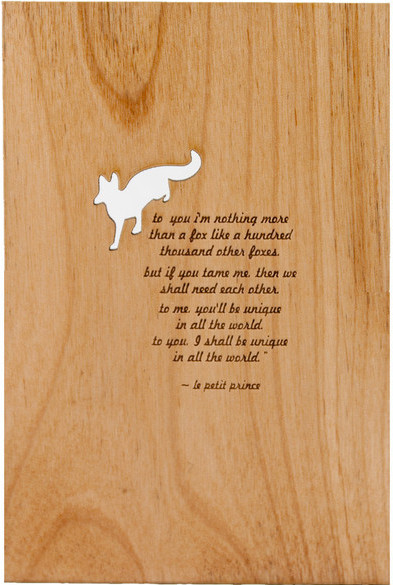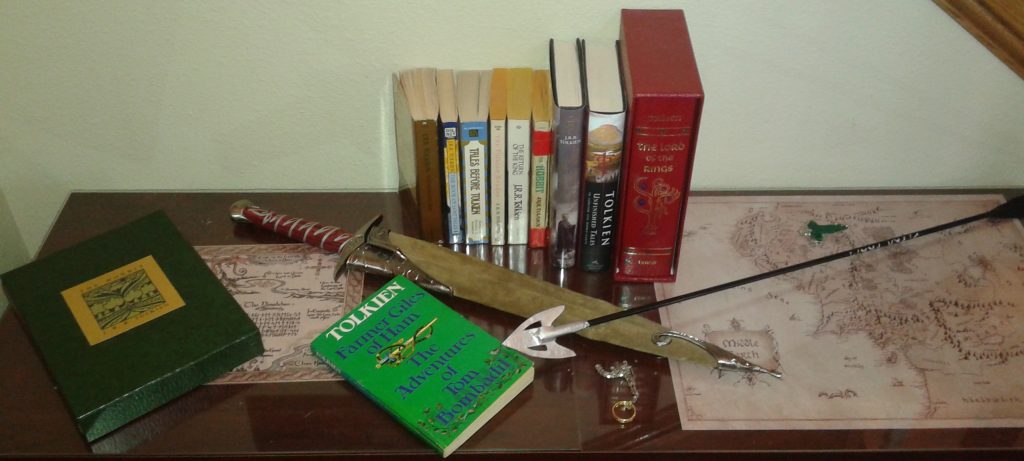 I have long been familiar with Tolkien’s The Hobbit and also The Lord of the Rings, but remained mostly ignorant of his other works apart from a 1982 print of The Silmarillion which somehow ended up in my collection. This past Mother’s Day my wife received a couple volumes of other Tolkien tales and I noticed in one that among the “other books by the author” it listed The Adventures of Tom Bombadil and was intrigued enough to order it in a volume combined with Farmer Giles of Ham.
I have long been familiar with Tolkien’s The Hobbit and also The Lord of the Rings, but remained mostly ignorant of his other works apart from a 1982 print of The Silmarillion which somehow ended up in my collection. This past Mother’s Day my wife received a couple volumes of other Tolkien tales and I noticed in one that among the “other books by the author” it listed The Adventures of Tom Bombadil and was intrigued enough to order it in a volume combined with Farmer Giles of Ham.
When the book arrived, I took a quick peek and immediately selected Farmer Giles of Ham as the next after dinner read aloud book for the family. Upon completion, the family unanimously agreed that it is a terrific tale. I think what made it so great for the entire family is that the writing is very Tolkienish, but it’s an easier read of a fantasy story (perhaps more a fairy tale) as compared to the more well-known stories involving hobbits and elves.
The story certainly contains a sufficient quantity of elements to hold the attention of all ages: An unexpected hero going on a quest, knights, a magic sword, giants, dragons, battles, and a talking dog named Garm. There was also the unconventional inclusion of a blunderbuss. There are no spoilers here, but it can safely be said that the story is both amusing and entertaining.
In true Tolkien fashion, all the key players have clever names; often both a formal “book-Latin” name as well as the common “vulgar” name. Even the the book title is referred on the title page with the lengthier “The Rise and Wonderful Adventures of Farmer Giles, Lord of Tame, Count of Worminghall and King of the Little Kingdom”. These names tend to be more pompous and less serious than what I’ve seen in other works by Tolkien. While the reasoning behind the names is explained when appropriate, the descriptions do not seem to require as many lengthy history lessons or descriptions of lineages as compared with that with which I was previously accustomed.
The writing style is elegant, but also accessible. Tolkien puts words together in clever combinations that not only tell the story, but also contain wit enough to make reading alone pleasurable even were there no plot. I did find the tone less formal than is typical. Also, I think the words used are a little easier–I think I understood all the words and only had trouble pronouncing a few.
While not at the same literary level as The Lord of the Rings, Farmer Giles of Ham is a fun, accessible story. Many people (especially younger readers) stall when reading Tolkien for the first time due to the immensity of Middle Earth and the history and culture that is described between (and occasionally even during) the action scenes. For those who have started and failed or those that want a more gentle introduction, at under 80 pages Farmer Giles of Ham may be just the thing.
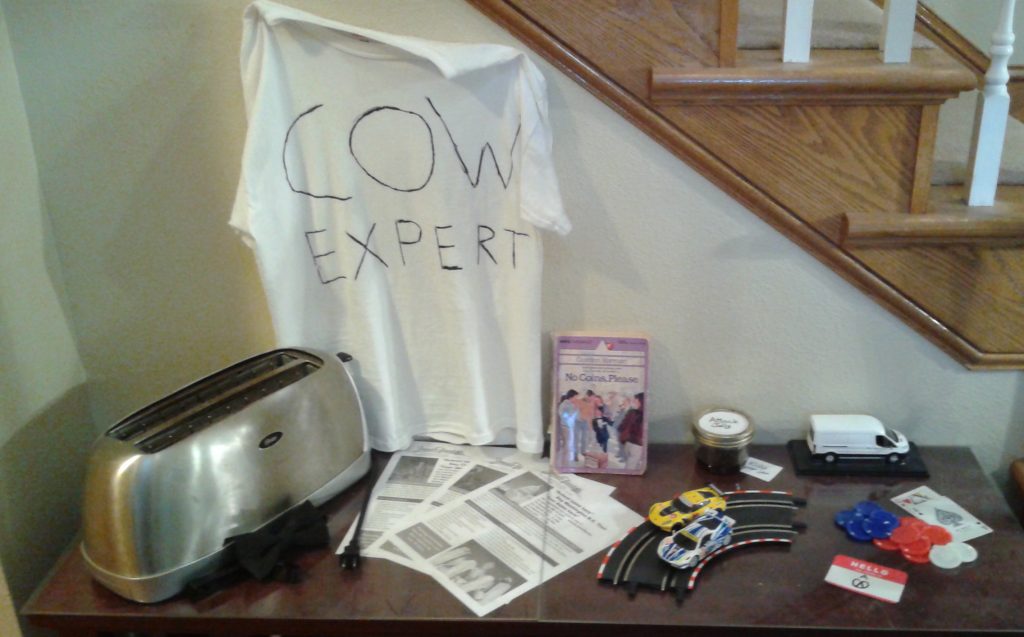
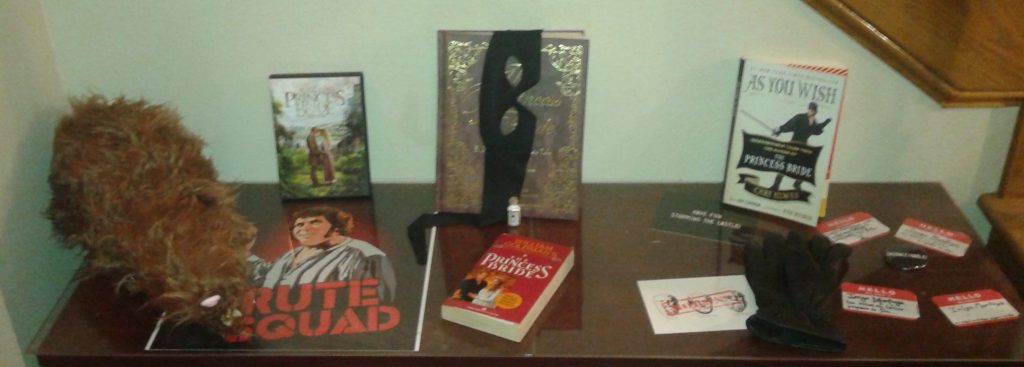
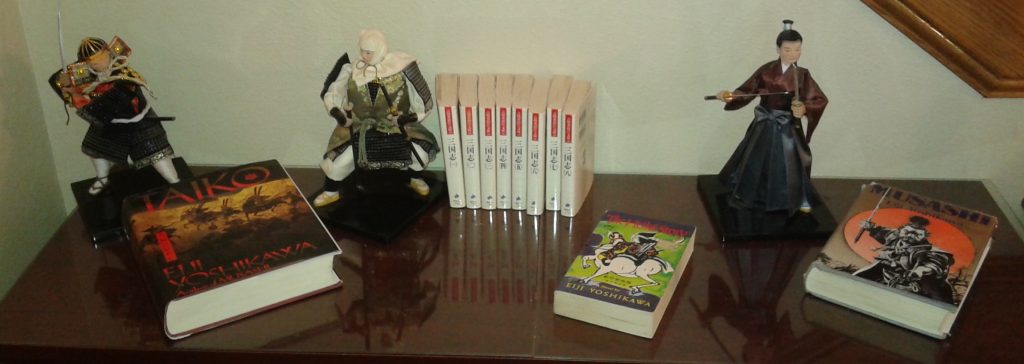
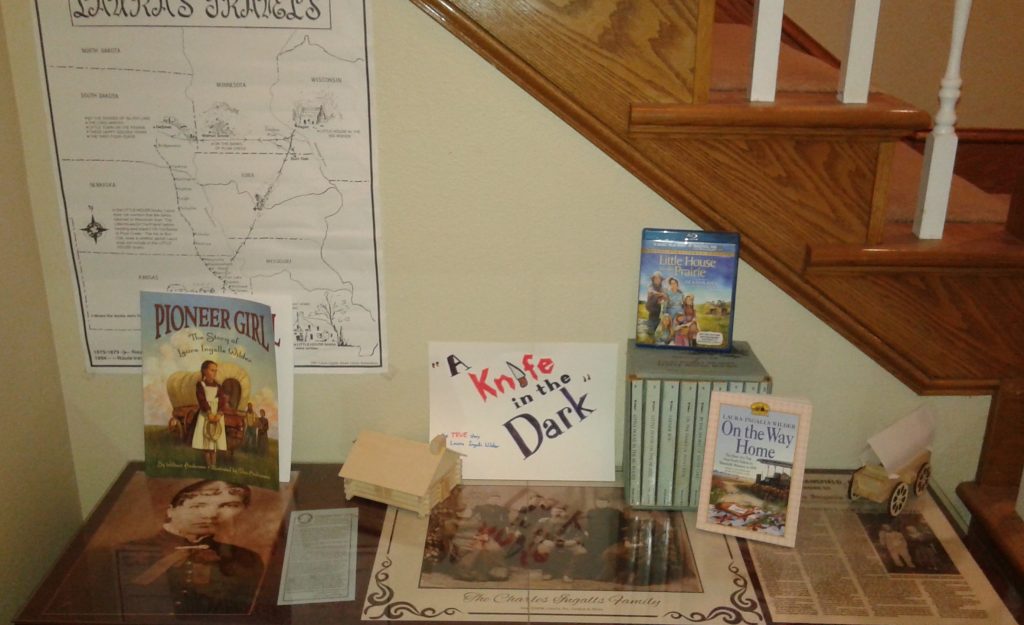
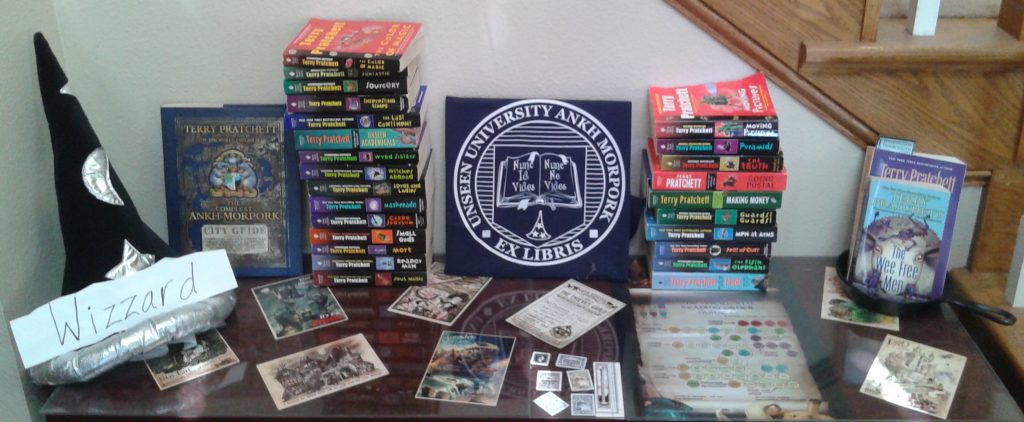

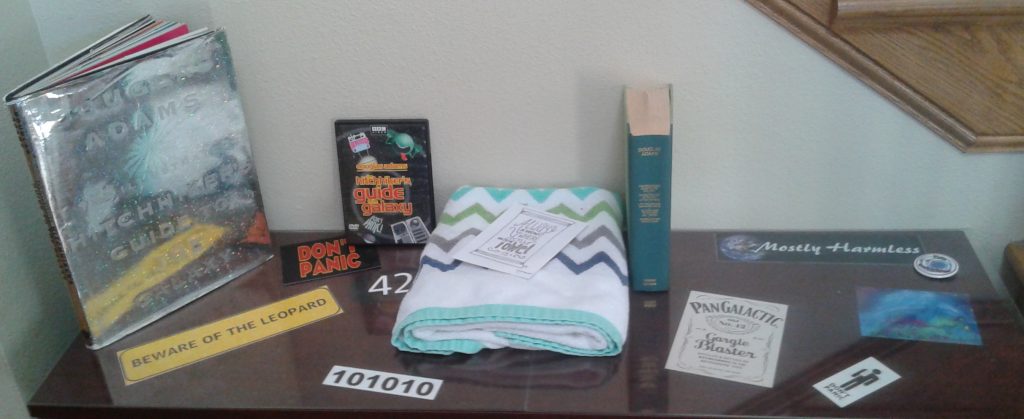
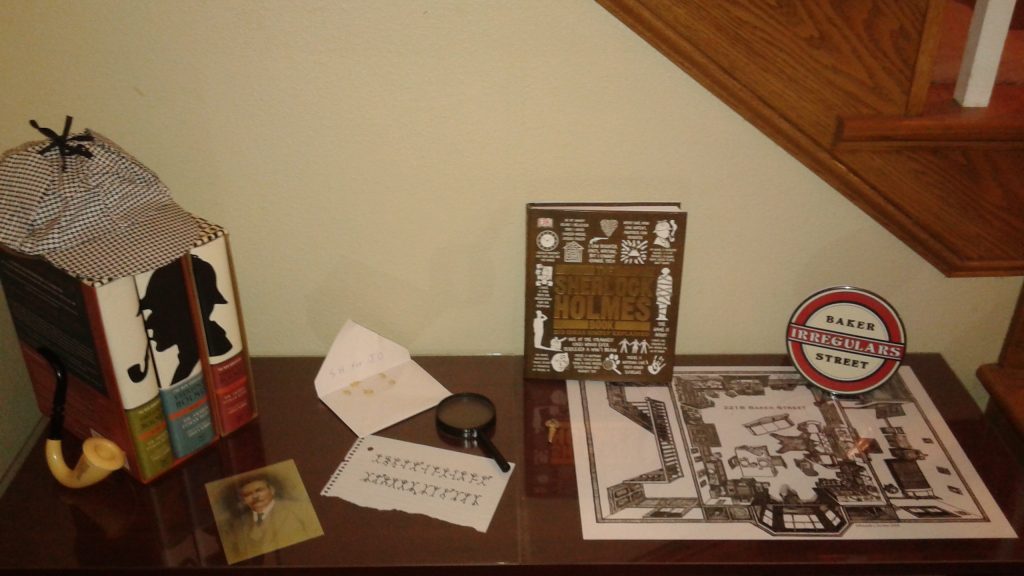
 I have long been familiar with Tolkien’s The Hobbit and also The Lord of the Rings, but remained mostly ignorant of his other works apart from a 1982 print of The Silmarillion which somehow ended up in my collection. This past Mother’s Day my wife received a couple volumes of other Tolkien tales and I noticed in one that among the “other books by the author” it listed The Adventures of Tom Bombadil and was intrigued enough to order it in a volume combined with Farmer Giles of Ham.
I have long been familiar with Tolkien’s The Hobbit and also The Lord of the Rings, but remained mostly ignorant of his other works apart from a 1982 print of The Silmarillion which somehow ended up in my collection. This past Mother’s Day my wife received a couple volumes of other Tolkien tales and I noticed in one that among the “other books by the author” it listed The Adventures of Tom Bombadil and was intrigued enough to order it in a volume combined with Farmer Giles of Ham.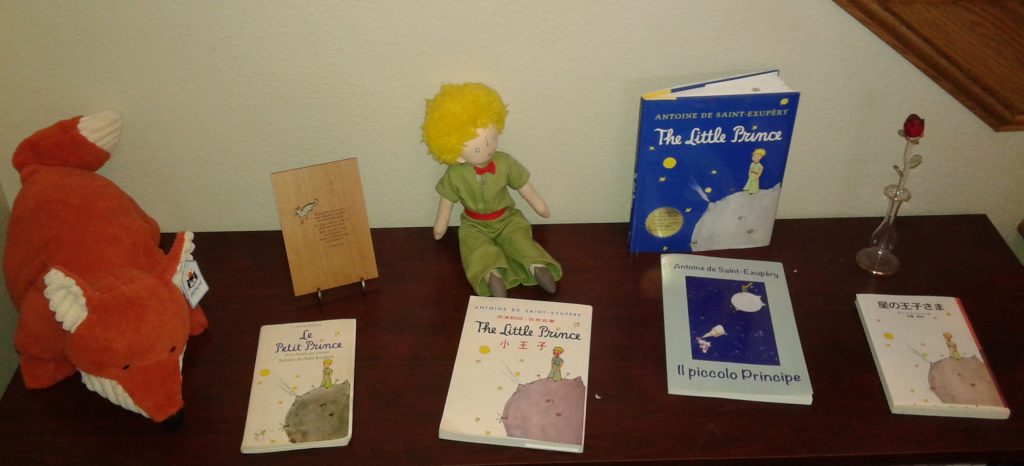 The first book is a 45 year old Le Petit Prince in the original French. I believe I stole it from my parents’ home and it most likely was previously claimed by my mother or sister. I remember as a kid reading an English translation (which my parents probably still have along with another French copy) and enjoying the story while marveling that my parents and sister could read it. Later when I was studying French I read portions of the text and experienced the story in new ways because I was forced to slow down (and often read it aloud).
The first book is a 45 year old Le Petit Prince in the original French. I believe I stole it from my parents’ home and it most likely was previously claimed by my mother or sister. I remember as a kid reading an English translation (which my parents probably still have along with another French copy) and enjoying the story while marveling that my parents and sister could read it. Later when I was studying French I read portions of the text and experienced the story in new ways because I was forced to slow down (and often read it aloud).